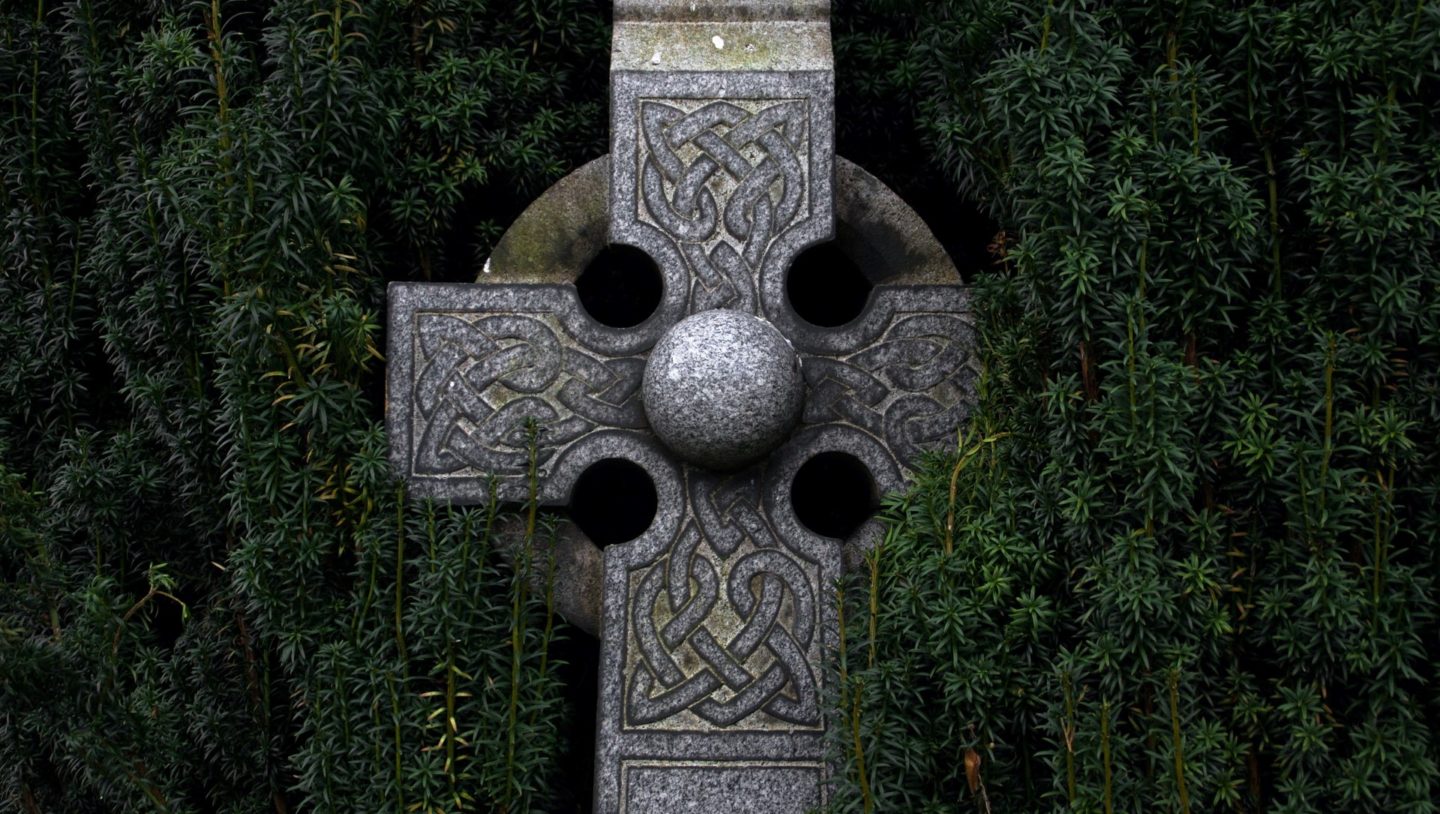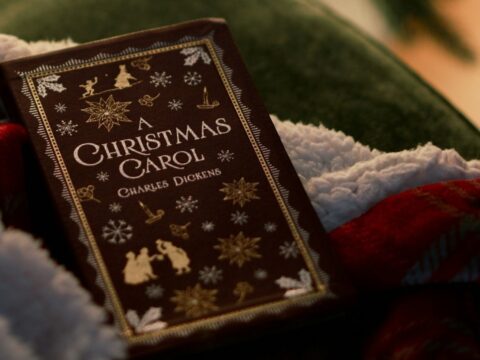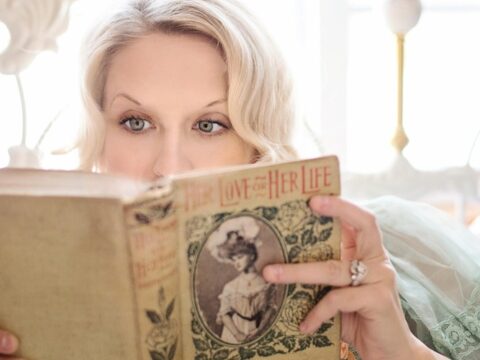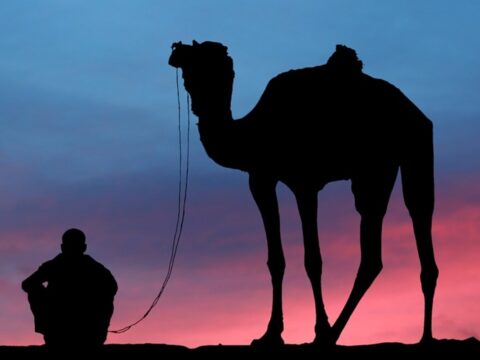I’m collecting fairy tales from around the world. If you’re interested in reading lore from a particular country, let me know at snowwhitewritesfairytales@gmail.com.
If you want to learn about a particular culture, reading their fairy tales is a great place to start. This year I’m gathering stories from countries around the world, providing just a little sampler of tales I like, what they’re about, and where to find them. In honor of St. Patrick’s Day, let’s check out some Irish fairy tales.
Irish Fairy Tales: Heroes and Faeries
Fun fact: I was an Irish dancer for ten years. As a result, Ireland’s culture and music hold a very dear place in my heart.
Ireland has a history of oral storytelling that’s still alive today. Ancient Irishmen cared deeply about the tales of their homeland and were devoted to passing down stories from generation to generation and preserving the accuracy of the original tales. In fact, this task was a well-respected occupation. The Seancaithe were the tradition bearers who preserved local stories about events, families, and encounters with fairies and other supernatural beings. The Scéalaí were the storytellers who preserved the epics of ancient heroes. These highly esteemed storytellers learned lengthy stories by heart and told them to their villages during the dark months of winter.
Many Irish fairy tales are about heroic sagas, deadly goddesses, and mortals encountering mischievous fairies—and sometimes living to tell the tale. Irish lore is filled with ancient Celtic superstitions and enduring messages about birth, life, and death. Here are nine Irish tales I’ve stumbled across and enjoyed:
1. The Children of Lir
In this tragic Irish fairy tale, the King of Lir has four children, three sons and a daughter. After their mother dies, the king marries the queen’s sister, Aoife. Consumed by jealousy of her sister’s beautiful children, Aoife uses her magical powers to get rid of them. Rather than killing them so they can haunt her, Aoife lures the children to a lake and turns them into swans for 900 years. When their grief-stricken father visits the lake, where he believes his children drowned, his daughter comes to him in her swan form to tell her father the truth. (Read it here)
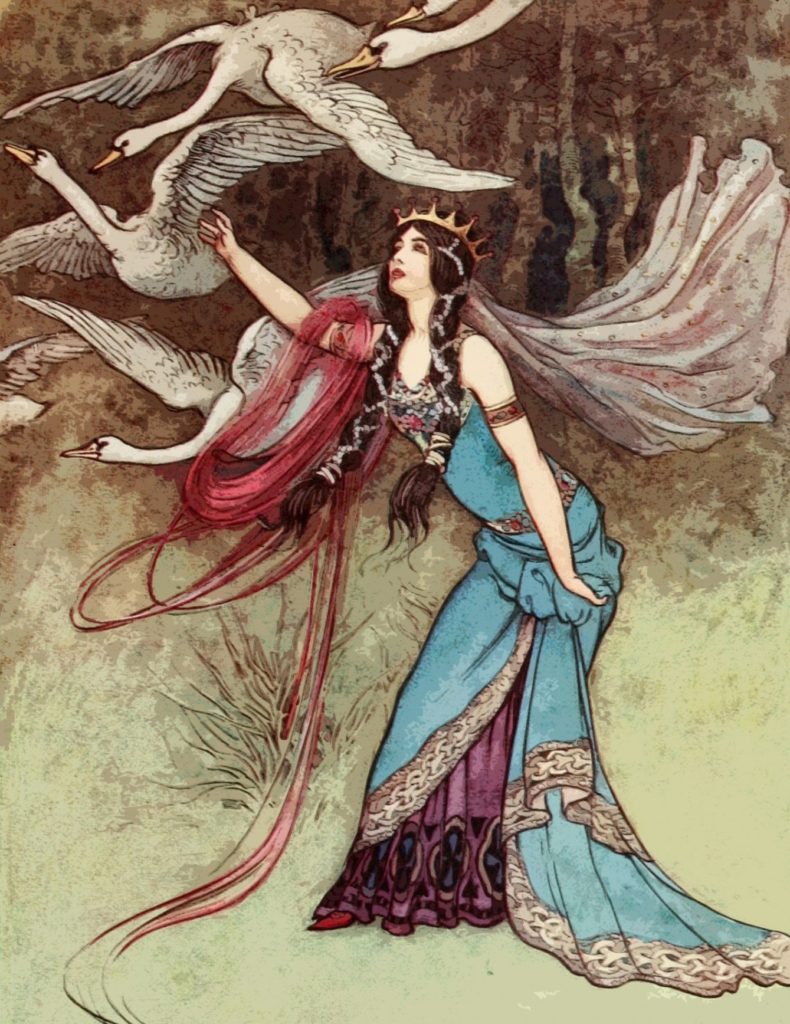
2. Finn MacCool (Fionn mac Cumhaill)
The most famous figure of Irish fairy tales is the formidable Finn MacCool. Finn led the Fianna, a band of legendary Irish warriors renowned for their size and strength. In many stories, Finn was said to be a giant over fifty feet tall, but even in tales where he isn’t quite that big, Finn is well known for his bravery, prowess, and wisdom. In my favorite story of him, Finn catches a salmon of knowledge for the chief poet Finnegus. Whoever eats the salmon will have all the knowledge in the world, but Finn burns himself while cooking the salmon—and accidentally puts his finger in his own mouth. (Read it here)
3. The Wooing of Becfola
This one is from the collection Irish Fairy Tales written by Irish author James Stephens. In it, the Irish High King and Prince Crimthann are hunting when they encounter a beautiful woman driving a chariot. The High King asks the mysterious stranger for her hand in marriage, which she accepts, but secretly she falls in love with the prince. When she reveals her feelings to the prince, they make a plan to rendezvous and flee the kingdom together. This decision sets her on a long road of trials filled with fairies, narrow escapes, danger, and magic. (Read it here)

4. Changelings
Changelings have been a favorite myth of the British Isles for centuries, and they’re certainly a key superstition of the Irish. Irishmen believed that newborn babies were in danger of being kidnapped by fairies. Babies of first-time mothers are particularly vulnerable to being replaced by changelings, as is any baby who is particularly beautiful or envied. Fairies take human children for various reasons depending on the story, but the most popular motives were pure maliciousness or turning beautiful children into servants. There are countless versions of changeling tales. (Read them here)
5. The Enchanted Cave of Cesh Corran
Another Finn MacCool story from James Stephens’s Irish Fairy Tales! In this one, a fairy king has a grudge against Finn. The fairy sends his four ugly but powerful daughters to ensnare Finn and his Fianna warriors. The daughters lure the men into a cave and use fairy magic to weaken them and tie them up. Group by group, all the Fianna warriors are captured under the spell until only the great warrior Goll mac Morna is still free. It’s up to him to battle the formidable fairy daughters to rescue Finn and his comrades. (Read it here)
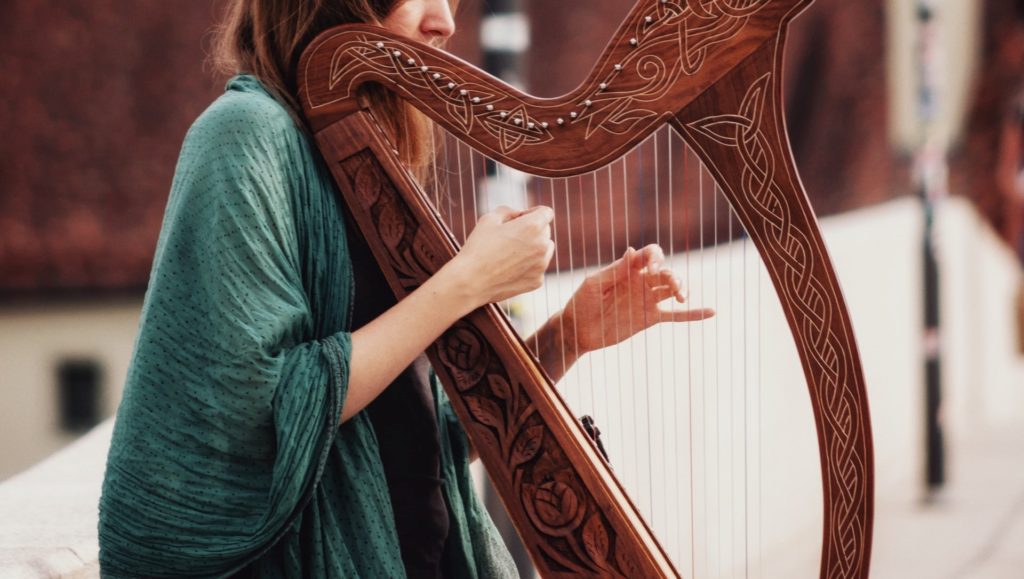
6. Dagda’s Harp
In this lovely Irish fairy tale, the Irish god Dagda, ruler of the Tuatha de Danaan, has an enchanted harp. While the Fomorians and Dagda’s soldiers are in battle, a Fomorian sneaks into the empty great hall to steal the magic harp. The Fomorians want to use its spell on Dagda’s men, but since the harp only plays for Dagda, they instead take it back to their own great hall as a prize. While the Fomorians are feasting, Dagda and his men burst through the door. The harp immediately flies to its master—who uses its bewitching music to defeat his enemies. (Read it here)
7. The Story of Deirdre
Deirdre is one of the most tragic heroines of Irish fairy tales, and there are many versions of her story. In the most well-known, a druid makes a prophecy at Deirdre’s birth that her beauty will be the cause of much bloodshed and the deaths of many kings. Deirdre is raised in seclusion and soon grows into the most astonishingly beautiful woman in all of Ireland. King Conor (Conchobar mac Nessa) falls in love with her, but Deirdre does not love him back. Her attempts to escape him and be with the man she truly loves lead to many battles and many deaths—including Deirdre’s own demise. (Read it here)
8. Fair, Brown, and Trembling
This Irish fairy tale is a version of Cinderella. Here, Cinderella is called Trembling, and Fair and Brown are her jealous sisters who refuse to let little Trembling go to Mass with them. An old henwife gives Trembling beautiful clothes and a beautiful horse to go to church in all her splendor. The prince uses Trembling’s shoe to find out who she is, but the story doesn’t end there! After the wedding, the oldest sister has one last trick up her sleeve to get rid of Trembling and claim the prince for herself. (Read it here)
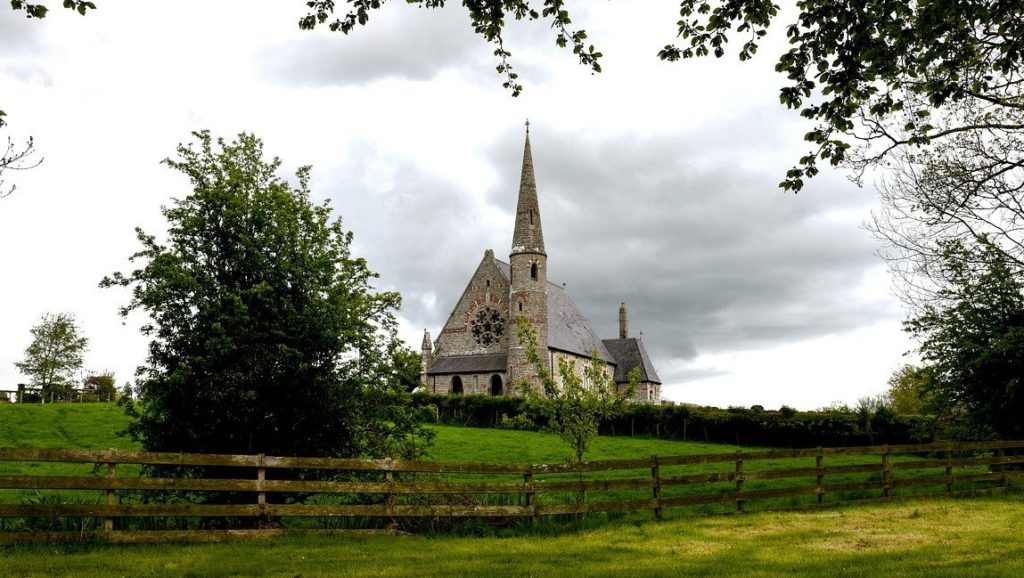
9. The Leprechaun
How I could not mention this guy on St. Patrick’s Day? Leprechauns are actually a modern figure in Irish stories and do not appear in the ancient lore. In the traditional tales, the leprechaun is a solitary fairy depicted wearing a cocked hat and leather apron. His primary occupation is making shoes, but in many tales leprechauns possess a hidden crock of gold. If threatened by a captor, the leprechaun will sometimes reveal the hiding place of his horde, but if he can trick you into glancing away for just a second, the fairy will vanish. (Read it here) ❧

